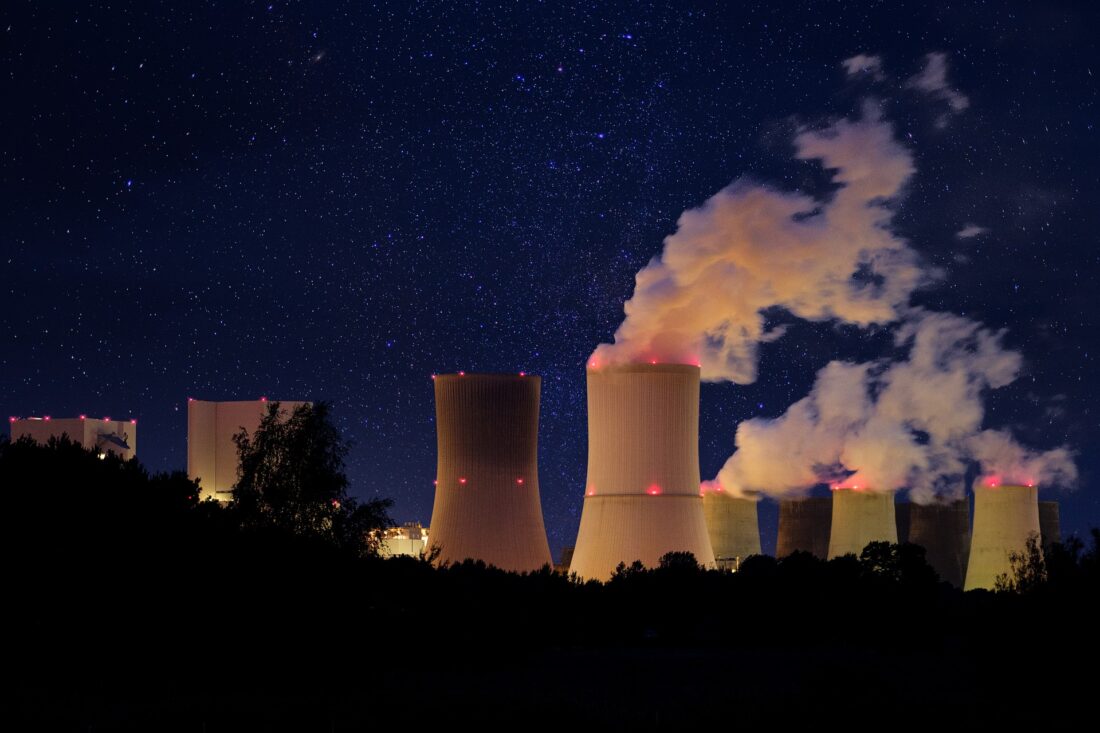How Do Cooling Towers Operate?

Cooling towers are unique heat exchangers that combine air and water in order to lower the temperature of the water. This effect occurs as a result of the evaporation of some of the water particles.
What Are They Used For?
Cooling towers enable the cost-effective and energy-efficient operation of cooling-required equipment. Industrial enterprises consume a lot of water to keep their plants cool.
Heating, ventilation, and air conditioning (HVAC) systems are commonly found in high-rise corporate buildings, schools, and hospitals. However, industrial cooling towers are larger and more effective than HVAC systems as they are used to remove heat from circulating cooling water systems in power plants, petroleum refineries, petrochemical factories, food processing factories, and other industrial facilities.
Components of a Cooling Tower
Like other machines, several cooling tower parts work together to produce maximum efficiency. The various parts that make up a cooling tower include:
-
Gearbox
-
Motor
-
Fans
-
Driveshafts
-
Fill Media
-
Drift Reducers
-
Nozzles
-
Air inlet louvers
-
Electonic valves
-
Reservoir heaters
-
Float valve
-
Distribution basin
-
Piping
Cooling Towers’ Modus Operandi
Cooling tower systems work by extracting waste heat from a system with water and ejecting it into the atmosphere largely through evaporation. The cooling tower, recirculating pump, and heat exchanger are the three main components of a cooling system. Water is heated as it goes through a heat exchanger. The water is then dispersed throughout the top of the cooling tower, where air passes over the warm water, causing some of it to evaporate.
Heat is transmitted from the water stream to the air stream, bringing the temperature and relative humidity of the air to 100%. This warm air is subsequently released into the atmosphere, creating a cool water stream. The now cooled water is pumped back through a heat exchanger and the whole process repeats itself.
Problems Associated With Cooling Towers
To achieve the most effective functioning and minimize delay or disruption, cooling towers must be properly maintained. Water conservation, corrosion, scale, deposits, and microbial activity are all issues that cooling towers face.
According to the CDC, cooling towers hold a lot of water and can be a breeding ground for Legionella bacteria if not adequately maintained. The process of heat exchange raises the temperature of the water in cooling towers, creating an excellent habitat for Legionella, a heat-loving bacteria, to proliferate. Legionnaires’ illness is caused when a person breaths in water droplets carrying Legionella bacteria.
Evaporated water leaves dissolved pollutants from the treated wastewater, which can become concentrated and cause scales, deposits, and corrosion. These concerns can lead to water equipment failures such as blockage of pipes, which will result in production downtime, increased expenses, and decreased efficiency. Professional water treatment experts can alleviate these worries, along with, targeted optimization, and industry best practices.
Cooling towers and other evaporative heat rejection devices deliver much lower water temperatures than air-cooled or dry heat rejection devices, resulting in a more cost-effective and energy-efficient cooling system. When compared to air-cooled HVAC or process cooling systems, cooling towers save a significant amount of water and energy.









